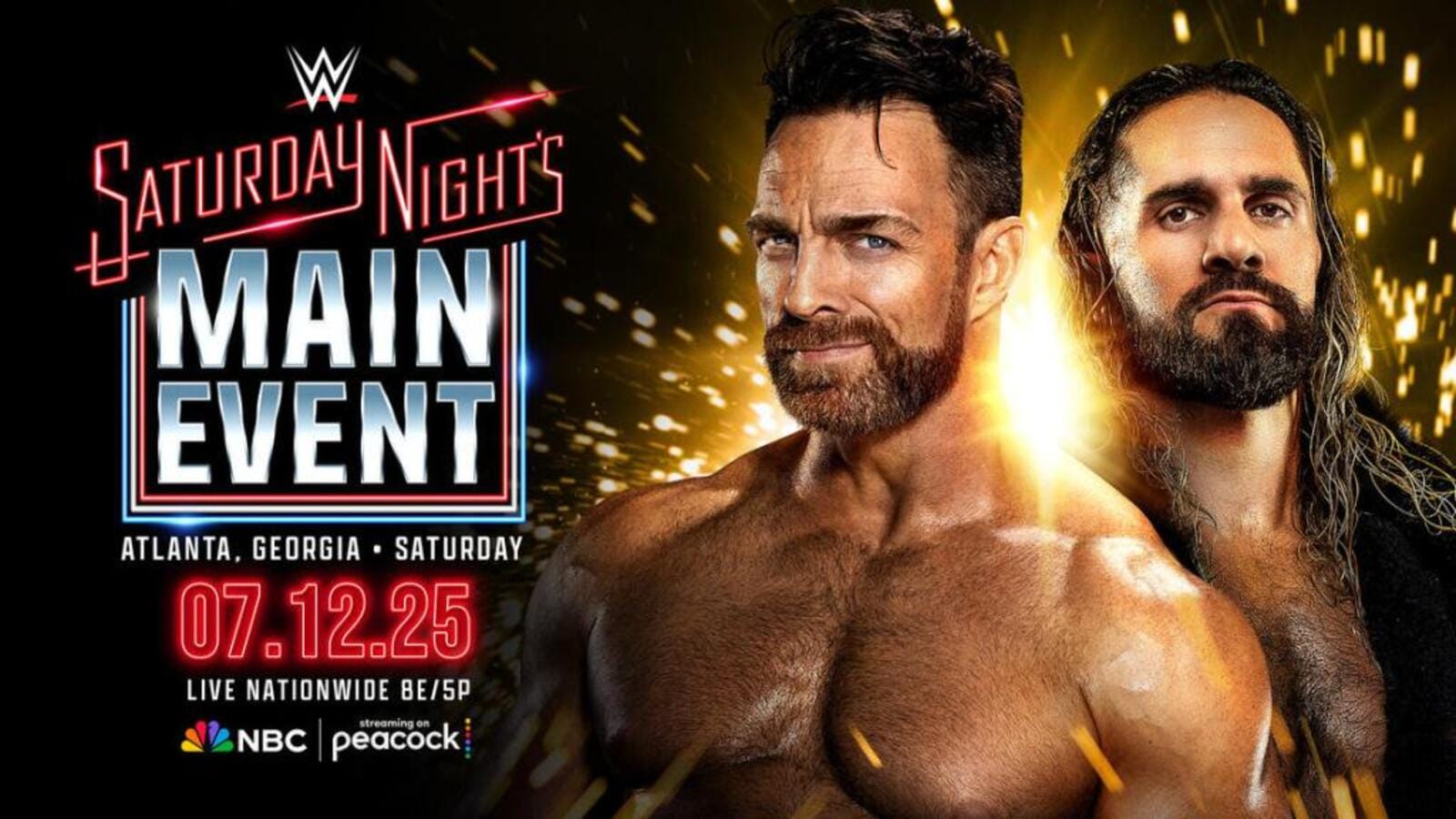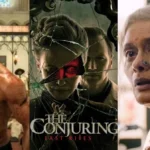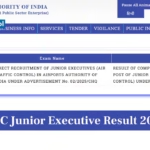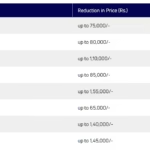In the ever-evolving world of professional wrestling, few programs hold the legendary status of WWE Saturday Night’s Main Event (SNME). First launched in 1985, this iconic show was more than just a wrestling program—it was a cultural milestone. From Hulk Hogan’s dramatic rivalries to “Macho Man” Randy Savage’s electrifying promos, SNME captured the essence of WWE’s Golden Era and brought it to millions of homes on network television.
Over the years, Saturday Night’s Main Event became synonymous with high-stakes drama, unforgettable matchups, and the larger-than-life personas that made WWE a global phenomenon. Today, as WWE continues to expand its digital and live-event empire, SNME has made a modern comeback—this time as a live tour brand—bringing nostalgia and new energy to fans around the world.
The Origin: SNME in the Golden Era (1985–1992)
Saturday Night’s Main Event debuted on NBC on May 11, 1985, as a replacement for “Saturday Night Live” on select weekends. The idea was simple: bring WWE’s pay-per-view-quality matches to a national TV audience. At the time, most wrestling programming aired on syndication or cable. SNME changed that by airing in prime time on one of the “Big Three” networks in the U.S.
The timing couldn’t have been better. WWE was experiencing a surge in popularity thanks to WrestleMania, the Rock ‘n’ Wrestling Connection, and the charismatic presence of stars like:
- Hulk Hogan
- Andre the Giant
- “Rowdy” Roddy Piper
- Macho Man Randy Savage
- The Ultimate Warrior
SNME became the platform where iconic rivalries simmered or exploded. Some of the most memorable moments included:
- Hulk Hogan vs. Paul Orndorff and their steel cage match
- Savage turning face and eventually forming the Mega Powers with Hogan
- The Mega Powers’ implosion, which started with subtle teases on SNME
- Shawn Michaels’ heel turn against Marty Jannetty
- The build-up to WrestleMania III and WrestleMania V
With glitzy graphics, pulsating rock music, and over-the-top commentary from Vince McMahon and Jesse “The Body” Ventura, SNME became must-watch TV during the late ’80s.
Hiatus and Brief Revivals (1992–2008)
By the early 1990s, SNME’s popularity began to wane as cable programming took over and pay-per-views became the primary revenue driver for WWE. The original run of SNME ended in 1992 after 29 episodes.
However, nostalgia has always been a powerful tool in wrestling. WWE revived the brand in 2006 on NBC with a series of special events, but it didn’t quite recapture the magic of the original. Despite featuring stars like John Cena, Triple H, Batista, and Shawn Michaels, the newer versions didn’t match the cultural significance or ratings of the original shows.
A final SNME aired in 2008, after which the concept was shelved again.
Rebirth as a Live Event Brand (2022–Present)
In a surprising yet welcomed move, WWE announced in 2022 that **Saturday Night’s Main Event would return—not as a TV show, but as a series of premium live events (PLEs) for its house show circuit. These events are non-televised, giving fans a chance to experience intimate, action-packed shows featuring their favorite WWE Superstars.
The new version of SNME brings the legacy branding to a modern audience. It combines the old-school atmosphere with today’s stars, often featuring championship matches, exclusive segments, and fan interaction opportunities.
These events have been held in cities like:
- Detroit, Michigan
- Toledo, Ohio
- Springfield, Illinois
- Fargo, North Dakota
Wrestlers like Seth Rollins, Cody Rhodes, Bianca Belair, Becky Lynch, Gunther, and Roman Reigns (occasionally) have performed at these shows, giving fans the rare chance to see main-event-caliber matches without the constraints of television production.
Why SNME Still Matters
1. Nostalgia with Modern Flavor
The return of SNME taps into nostalgia without feeling outdated. WWE understands that many of its fans from the ’80s and ’90s are now adults, often bringing their children to shows. These SNME events offer something for everyone: vintage branding for older fans and exciting in-ring action for the younger generation.
2. Strengthening the Live Event Business
With the pandemic disrupting live events between 2020 and 2021, WWE saw the need to re-energize its touring schedule. By branding select house shows as SNME, WWE added prestige and marketing power to otherwise routine stops on the calendar.
Attendance at SNME-branded events has often been higher than standard house shows, showing that the brand still has drawing power.
3. Showcasing Hidden Talents
Since these shows are not televised, WWE can experiment with different matchups, test chemistry between talent, and even let underutilized stars shine. It’s a way to prepare future storylines and allow wrestlers to develop their characters in front of live crowds without the pressure of TV cameras.
Legacy Moments Reimagined
While these modern SNME events are not aired on television, WWE often shares highlights and clips on social media, reminding fans of SNME’s glorious past. For instance, a recent SNME event in 2023 saw:
- Cody Rhodes defeat Damian Priest in a steel cage match
- Gunther defend the Intercontinental Championship in a throwback-style 20-minute clinic
- Becky Lynch and Rhea Ripley face off in a fan-favorite dream match segment
These moments, while not televised, create buzz online and feed into WWE’s broader storytelling ecosystem.
Fan Reactions: A Night to Remember
For fans, attending SNME is like stepping into a time machine—but with LED lights, modern themes, and 4K resolution.
The SNME events are known for being more relaxed than televised shows, allowing for longer matches, more crowd interaction, and the feeling that you’re part of something special. WWE often includes meet-and-greets, exclusive merchandise, and mini pyro displays to make the experience unforgettable.
Many fans have taken to X (formerly Twitter), Reddit, and YouTube to share their experiences and nostalgia:
“SNME in my city tonight felt like a throwback to my childhood. Seeing Cody and Seth live was epic. Thank you, WWE!”
– @wrestlefan85 on Twitter
Future of SNME: What’s Next?
With WWE expanding under TKO Group Holdings, and increasing its international tours, there is speculation that SNME could return to television or become a WWE Network/Peacock exclusive in the future.
Whether that happens or not, SNME’s legacy is secure. It remains a reminder of WWE’s storytelling roots, a platform where legends were born, and a celebration of sports entertainment in its purest form.
Conclusion
Saturday Night’s Main Event is more than just a name. It’s a symbol of wrestling’s golden past and its exciting present. By resurrecting the brand for the live event circuit, WWE has once again struck a balance between nostalgia and innovation.
In an era dominated by scripted promos and weekly episodic content, SNME reminds fans why they fell in love with wrestling in the first place—the thrill of the match, the roar of the crowd, and the magic of a Saturday night under the lights.










